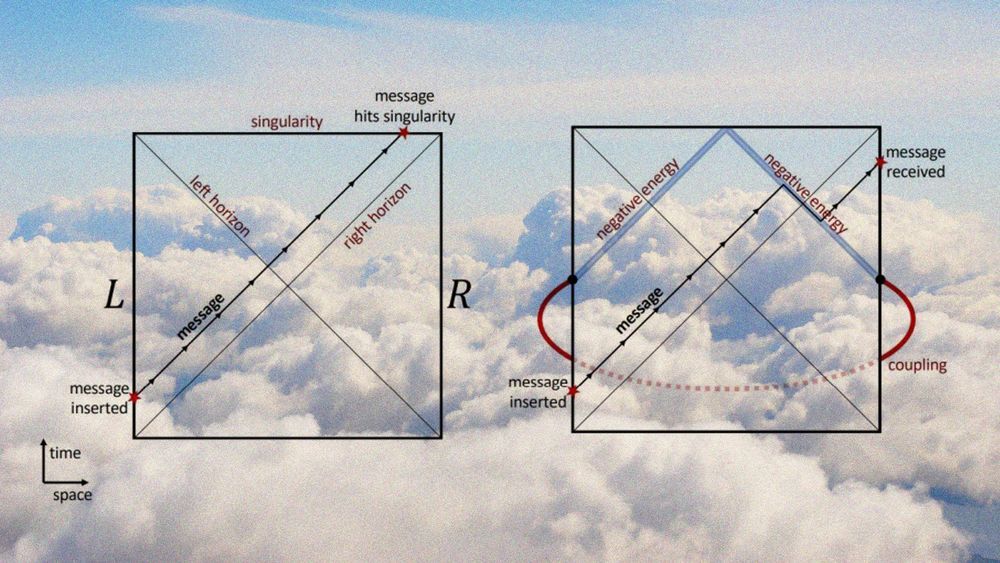Forget the latest Hollywood film noir and spend some time learning about this story instead. The story is that of Reno, Nevada, and the location of the original Tesla Gigafactory. The historical drama, a true story, unfolds with twisting and dark details.
The story came to light due to the notable new podcast series The City (USA Today’s investigative podcast). Episode 4 of season 2 is titled “West World.”
“We go east of the city, where wild horses roam and business is booming. City boosters say Tesla is driving New Reno, but the truth is darker and more complicated than it first appears.”






